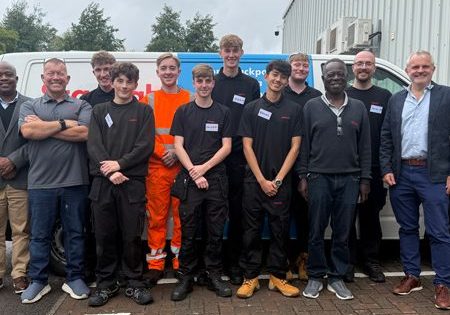Study: Needs Should Determine VT Distribution at South Korea Subway Stations
A study of equitable distribution of vertical-transportation (VT) equipment — elevators, wheelchair lifts and escalators — at subway stations in South Korea concluded that the type and amount of VT equipment should be based on individual station needs, phys.org reports. Examining 257 stations in Seoul, the study was conducted by academics from Sahmyook University in Seoul and Texas A&M University in the U.S. Variables affecting stations’ equity scores included facility size, number of daily trips and location. Low-scoring stations were smaller with a higher number of trips and larger with a medium number of trips. High-scoring stations were medium sized with a lower number of trips. It was also found that stations in residential areas tended to have high equity scores. The number of elderly and mobility-handicapped people in South Korea is rising, and the government has mandated a minimum amount of VT equipment for each subway station. However, careful thought — based on data — should go into determining the specifics, the researchers contend.
Get more of Elevator World. Sign up for our free e-newsletter.









